What does full frame camera do compare to crop? Full frame cameras, with their larger sensors, offer enhanced image quality and wider fields of view, while crop sensor cameras provide a more affordable and compact option. At COMPARE.EDU.VN, we provide detailed comparisons to help you make the best decision. Choosing between full frame or crop sensor cameras will depend on your photography needs and budget.
Table of Contents
1. Understanding Full Frame and Crop Sensor Cameras
2. ISO Performance: Full Frame vs. Crop Sensor
3. Cost and Size: Key Differences
4. Lens Size and Selection for Different Sensors
5. Lens Performance: Depth of Field and Focal Length
6. Practical Implications for Different Photography Styles
7. Final Verdict: Choosing the Right Camera for Your Needs
8. Frequently Asked Questions (FAQs)
1. Understanding Full Frame and Crop Sensor Cameras
The terms “full frame” and “crop sensor” refer to the size of the image sensor inside a camera. A full-frame sensor mirrors the size of 35mm film, historically the most common film format. Crop sensors, primarily APS-C, are smaller, affecting factors like depth of field and lens focal length. Neither sensor type is inherently superior; each has unique strengths tailored to different photography styles. Even smartphone cameras, which have ultra-crop sensors, can produce stunning, award-winning images.
1.1. Defining the Terms
Full Frame: A sensor that matches the size of a 35mm film negative (36mm x 24mm). Full-frame cameras typically offer superior image quality, especially in low light, and a wider field of view compared to crop sensor cameras. These are often the choice for professionals and enthusiasts.
Crop Sensor: A sensor smaller than 35mm film. The most common crop sensor size is APS-C (approximately 23.6mm x 15.7mm, varying slightly between manufacturers). Crop sensor cameras are generally more affordable, compact, and offer a “crop factor” that extends the reach of telephoto lenses.
1.2. Historical Context
The distinction between full-frame and crop sensors arises from the transition from film to digital photography. Full-frame sensors maintain the dimensions of traditional 35mm film, while crop sensors were introduced to reduce the cost and size of digital cameras. The crop factor, typically 1.5x or 1.6x for APS-C sensors, affects the effective focal length of lenses.
1.3. Sensor Size and Its Impact
Sensor size significantly influences several aspects of photography:
- Field of View: Full-frame cameras capture a wider field of view compared to crop sensor cameras with the same lens.
- Depth of Field: Full-frame cameras can achieve shallower depths of field, creating more background blur (bokeh).
- Low Light Performance: Larger sensors generally perform better in low light due to larger pixels that capture more light.
- Image Quality: Full-frame cameras often produce images with greater dynamic range and less noise.
1.4. Analogy: Different Sized Plates at a Buffet
Consider a buffet with different sized plates. A full-frame camera is like using a regular-sized plate, allowing you to sample a wide variety of dishes. A crop sensor camera is like using a smaller plate, which is still effective but limits the amount you can take in one go. Both plates get the job done, catering to different appetites and preferences.
2. ISO Performance: Full Frame vs. Crop Sensor
Historically, full-frame cameras excelled in high ISO performance, offering cleaner images with less noise in low-light situations. While this remains generally true, advancements in technology have significantly narrowed the gap, making modern crop sensor cameras highly competitive.
2.1. The Physics Behind ISO Performance
The advantage of full-frame cameras in low light stems from their larger pixels. Pixels are the light-sensitive elements on the sensor. Larger pixels can capture more light, resulting in less noise and better image quality at high ISO settings.
2.2. The Rainwater Harvesting Analogy
Imagine collecting rainwater using buckets. Full-frame cameras have larger “mega-buckets” (pixels), allowing them to collect more light (rainwater) than the smaller “ultra-mega-buckets” of crop sensor cameras. Even if both sensors have the same number of megapixels, the larger pixels on the full-frame sensor capture more light.
2.3. Technological Advances in Crop Sensor Cameras
Recent innovations have significantly improved the high ISO performance of crop sensor cameras. Modern crop sensor cameras can often match or even exceed the performance of older full-frame models. For instance, a Fuji X-T1 (crop sensor) performs similarly to a Canon 5D Mark III (full frame) at high ISO values.
2.4. Practical Implications of ISO Performance
- Full Frame Benefits: Best for photographers who frequently shoot in low light conditions, such as event photography, astrophotography, or indoor sports.
- Crop Sensor Advantages: Suitable for well-lit environments or when using a flash. Modern crop sensor cameras offer excellent performance for most everyday shooting scenarios.
2.5. Considerations Beyond ISO
While high ISO performance is crucial, it’s just one factor in choosing a camera. Other aspects like dynamic range, color accuracy, and overall image quality should also be considered. Just because a camera can shoot at ISO 25,600 doesn’t mean it’s the best choice for your needs.
3. Cost and Size: Key Differences
Cost and size are significant factors influencing the choice between full-frame and crop sensor cameras. Full-frame cameras are generally larger and more expensive than crop sensor models, reflecting the cost of manufacturing larger sensors and the more robust build quality often associated with professional-grade equipment.
3.1. Camera Size: Modus Ponens in Photography
The principle of modus ponens (if P, then Q) applies here:
- P: Full-frame sensors are larger than crop sensors.
- Q: Cameras with larger sensors require larger bodies.
Therefore, full-frame cameras are typically larger than crop sensor cameras.
3.2. Price Discrepancies: The Cost of Larger Sensors
Manufacturing larger image sensors is more expensive, making full-frame cameras significantly pricier than their crop sensor counterparts. The price difference can be substantial, often doubling or even tripling the cost. Medium format cameras, with sensors even larger than full-frame, can cost upwards of $10,000 to $20,000 or more for the body alone.
3.3. Portability and Ergonomics
- Crop Sensor Advantages: Smaller size and lighter weight make crop sensor cameras more portable and easier to handle, especially for travel, street photography, or everyday use.
- Full Frame Considerations: The larger size and weight of full-frame cameras can be a drawback for some photographers, requiring more robust support and potentially causing fatigue during extended use.
3.4. Price Sensitivity and Budget Considerations
- Crop Sensor Recommendations: If you’re on a budget or prioritize portability, a crop sensor camera like the Nikon D3300 or Canon Rebel T6i is an excellent choice.
- Full Frame Investments: If budget is less of a concern and you need the highest possible image quality and low light performance, investing in a full-frame system is worth considering.
3.5. The Trade-Offs: Size, Cost, and Performance
The decision between full-frame and crop sensor cameras often involves balancing size, cost, and performance. While full-frame cameras offer superior image quality and low light capabilities, crop sensor cameras provide a more affordable and portable option that meets the needs of many photographers.
4. Lens Size and Selection for Different Sensors
When choosing a camera system, consider not only the camera body but also the lenses. Lenses designed for smaller sensors are generally smaller and less expensive than those for full-frame cameras. However, full-frame systems offer a wider variety of lenses.
4.1. Lens Size and Cost Correlation
Lenses for full-frame cameras are typically larger and more expensive due to the larger image circle they need to project. A standard 70-200mm f/2.8 lens for full-frame cameras can easily cost over $1500, while a similar lens for crop sensor cameras, like the Sigma 50-100mm f/1.8, may cost around $1000.
4.2. The Micro Four Thirds Advantage
The micro four thirds system offers even smaller and often less expensive lenses compared to full-frame and APS-C systems. This makes it an attractive option for photographers who prioritize portability and affordability.
4.3. Lens Variety and Compatibility
Full-frame systems boast a wider selection of lenses, including vintage lenses designed for 35mm film cameras. Many modern full-frame cameras can autofocus with older lenses, providing access to high-quality glass at potentially lower prices.
4.4. Crop Factor and Lens Selection
The crop factor of crop sensor cameras affects the effective focal length of lenses. A 50mm lens on a crop sensor camera behaves like a 75mm or 80mm lens (depending on the crop factor), extending the reach of telephoto lenses but reducing the field of view of wide-angle lenses.
4.5. Practical Considerations for Lens Choice
- Full Frame Recommendations: If you need access to the widest possible array of lenses and prioritize image quality, a full-frame system is a good choice.
- Crop Sensor Advantages: If you prefer smaller, lighter lenses and want to save money, a crop sensor system offers excellent options.
5. Lens Performance: Depth of Field and Focal Length
Full-frame cameras offer advantages in depth of field control and wide-angle photography, while crop sensor cameras excel in telephoto reach. Understanding these differences is crucial for choosing the right camera for your photographic style.
5.1. Depth of Field: The Bokeh Factor
Full-frame cameras can achieve shallower depths of field compared to crop sensor cameras with the same lens and aperture. This is particularly beneficial for portrait photographers who want to create a blurred background (bokeh) to isolate their subject.
5.2. Focal Length: The Crop Factor Effect
The crop factor of crop sensor cameras effectively extends the focal length of lenses. A 200mm lens on a crop sensor camera behaves like a 300mm lens on a full-frame camera, providing greater reach for wildlife or sports photography.
5.3. Illustrative Examples
- Portrait Photography: A portrait shot at 200mm with an f/2.8 aperture on a full-frame camera will have a shallower depth of field than the same shot on a crop sensor camera.
- Wide-Angle Photography: A 35mm lens on a full-frame camera captures a wider field of view than the same lens on a crop sensor camera, making it better suited for landscape or architecture photography.
5.4. Practical Scenarios
- Landscapes and Architecture: Full-frame cameras are generally preferred due to their wider field of view.
- Wildlife and Sports: Crop sensor cameras offer extra reach with telephoto lenses, making them ideal for capturing distant subjects.
6. Practical Implications for Different Photography Styles
The choice between full-frame and crop sensor cameras depends heavily on your primary photography interests. Each sensor type offers distinct advantages for specific genres.
6.1. Landscape Photography
Full-frame cameras excel in landscape photography due to their wider field of view, allowing you to capture expansive scenes with greater detail. The wider dynamic range of full-frame sensors also helps in capturing scenes with high contrast.
6.2. Portrait Photography
Full-frame cameras are often favored by portrait photographers for their ability to create shallow depths of field and pleasing bokeh, isolating the subject from the background.
6.3. Wildlife Photography
Crop sensor cameras provide a significant advantage in wildlife photography by effectively extending the reach of telephoto lenses. This allows you to capture distant animals with greater detail without the need for extremely long and expensive lenses.
6.4. Sports Photography
Similar to wildlife photography, crop sensor cameras offer an advantage in sports photography by providing extra reach for capturing action from a distance.
6.5. Street Photography
Crop sensor cameras are often preferred for street photography due to their smaller size and lighter weight, making them more discreet and easier to carry for extended periods.
7. Final Verdict: Choosing the Right Camera for Your Needs
Ultimately, the choice between full-frame and crop sensor cameras depends on your individual needs, budget, and photographic goals. Both sensor types offer unique advantages and are well-suited for different types of photography.
7.1. Summary of Key Differences
| Feature | Full Frame | Crop Sensor |
|---|---|---|
| Sensor Size | Larger (36mm x 24mm) | Smaller (e.g., 23.6mm x 15.7mm for APS-C) |
| ISO Performance | Generally better in low light | Improving, with modern models comparable to older full-frame cameras |
| Price | More expensive | Less expensive |
| Size and Weight | Larger and heavier | Smaller and lighter |
| Lens Selection | Wider variety, including vintage lenses | Growing selection, often smaller and more affordable |
| Depth of Field | Shallower depths of field | Deeper depths of field |
| Focal Length | True focal length | Effective focal length is multiplied by the crop factor (e.g., 1.5x or 1.6x) |
| Best For | Landscapes, portraits, low light photography | Wildlife, sports, street photography, travel |
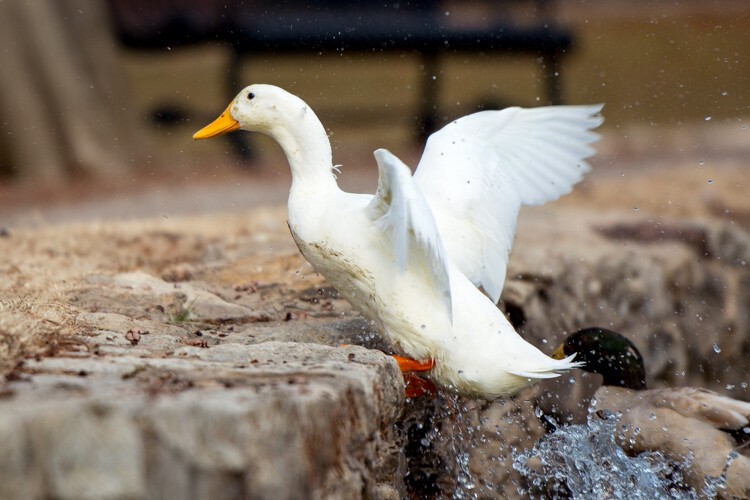
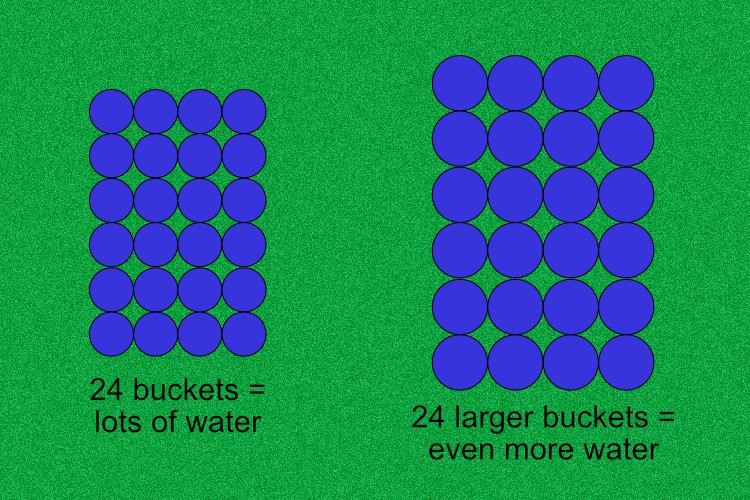
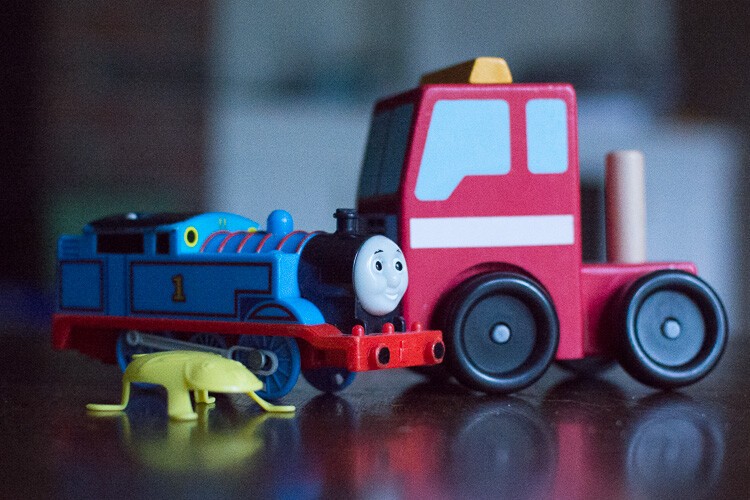

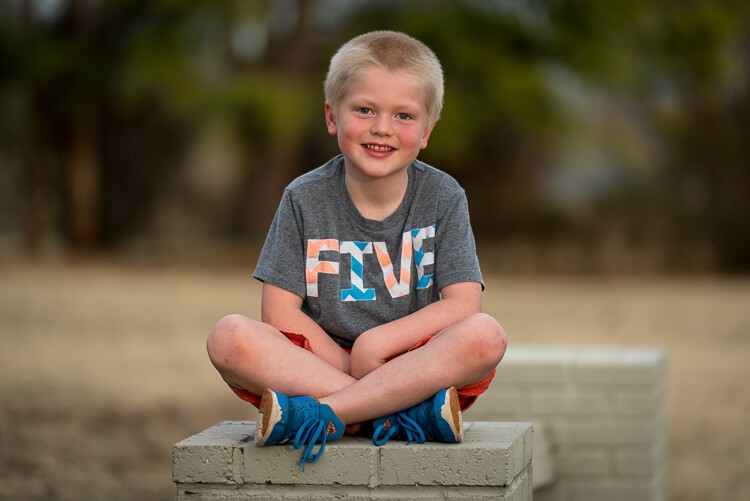
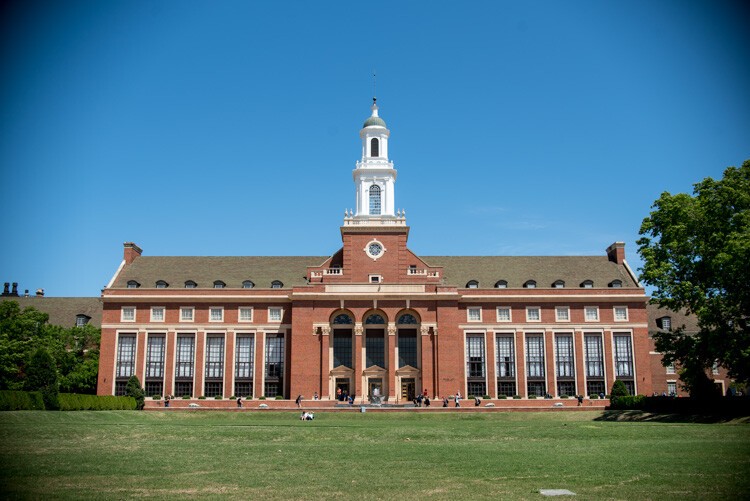
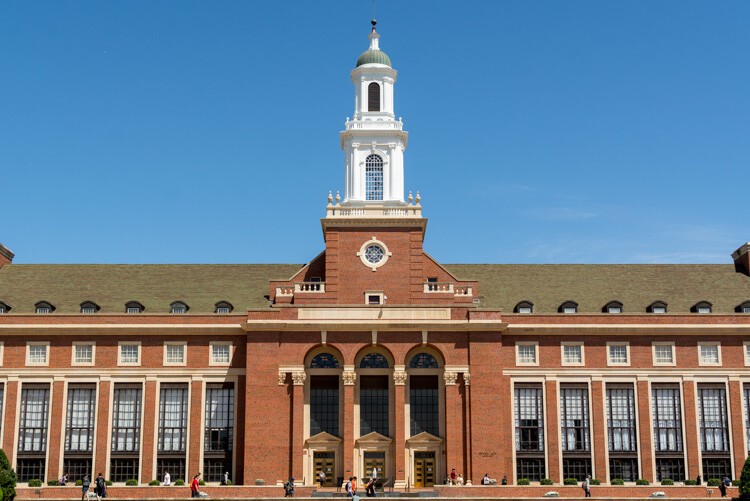
7.2. Recommendations
- Choose Full Frame If: You prioritize image quality, low light performance, and shallow depth of field, and have a larger budget.
- Choose Crop Sensor If: You need a more affordable, portable, and versatile camera, and primarily shoot in well-lit environments or don’t require extreme low light capabilities.
7.3. Final Thoughts
Neither full-frame nor crop sensor cameras are inherently better. The best camera for you is the one that meets your specific needs and helps you achieve your creative vision.
Ready to make a decision? Visit COMPARE.EDU.VN to explore detailed comparisons and find the perfect camera for your needs. Our comprehensive reviews and side-by-side analyses will help you weigh the pros and cons of each option, ensuring you make an informed choice.
Address: 333 Comparison Plaza, Choice City, CA 90210, United States
WhatsApp: +1 (626) 555-9090
Website: COMPARE.EDU.VN
8. Frequently Asked Questions (FAQs)
1. What is the main difference between a full-frame and crop sensor camera?
The primary difference is the size of the image sensor. Full-frame sensors are the same size as 35mm film, while crop sensors are smaller. This size difference affects field of view, depth of field, and low light performance.
2. Is a full-frame camera always better than a crop sensor camera?
No, neither is inherently better. Full-frame cameras excel in certain areas like low light performance and wide-angle photography, while crop sensor cameras offer advantages in portability, affordability, and telephoto reach.
3. How does the crop factor affect lenses?
The crop factor multiplies the effective focal length of a lens. For example, a 50mm lens on a crop sensor camera with a 1.5x crop factor will behave like a 75mm lens on a full-frame camera.
4. Are full-frame lenses compatible with crop sensor cameras?
Yes, you can use full-frame lenses on crop sensor cameras. However, the crop factor will affect the effective focal length.
5. Can I use crop sensor lenses on full-frame cameras?
In most cases, no. Crop sensor lenses are designed to project a smaller image circle that covers the smaller sensor. Using them on a full-frame camera will result in vignetting (dark corners).
6. Which type of camera is better for landscape photography?
Full-frame cameras are generally preferred for landscape photography due to their wider field of view and better dynamic range.
7. Which type of camera is better for wildlife photography?
Crop sensor cameras can be advantageous for wildlife photography due to the increased telephoto reach provided by the crop factor.
8. Are crop sensor cameras good for portraits?
Yes, crop sensor cameras can be used for portraits, but you may need to use different lenses or techniques to achieve a similar shallow depth of field as a full-frame camera.
9. What is the best camera for beginners?
Crop sensor cameras are often recommended for beginners due to their lower cost and ease of use. They provide a great entry point into photography with excellent image quality.
10. How important is ISO performance in choosing a camera?
ISO performance is important, especially if you frequently shoot in low light conditions. However, modern crop sensor cameras have significantly improved their high ISO performance, making them a viable option for many photographers.
Still undecided? Visit COMPARE.EDU.VN for in-depth comparisons, user reviews, and expert recommendations. Our platform provides the tools and information you need to make the best choice for your specific photography needs. We’re located at 333 Comparison Plaza, Choice City, CA 90210, United States. Contact us via WhatsApp at +1 (626) 555-9090 or visit our website at compare.edu.vn.
